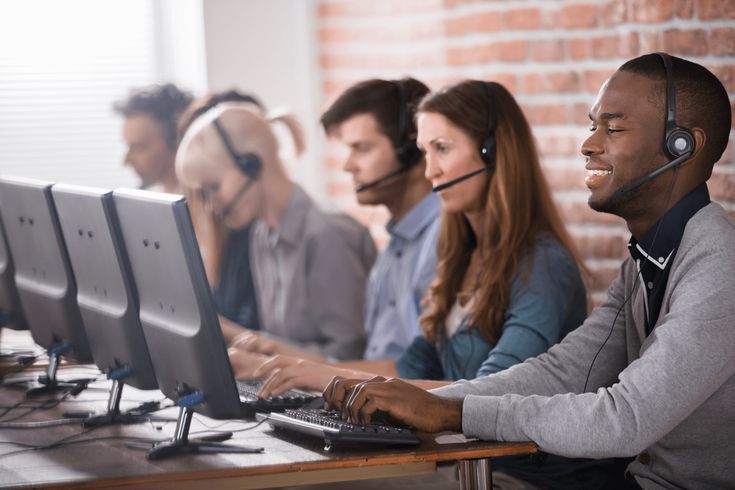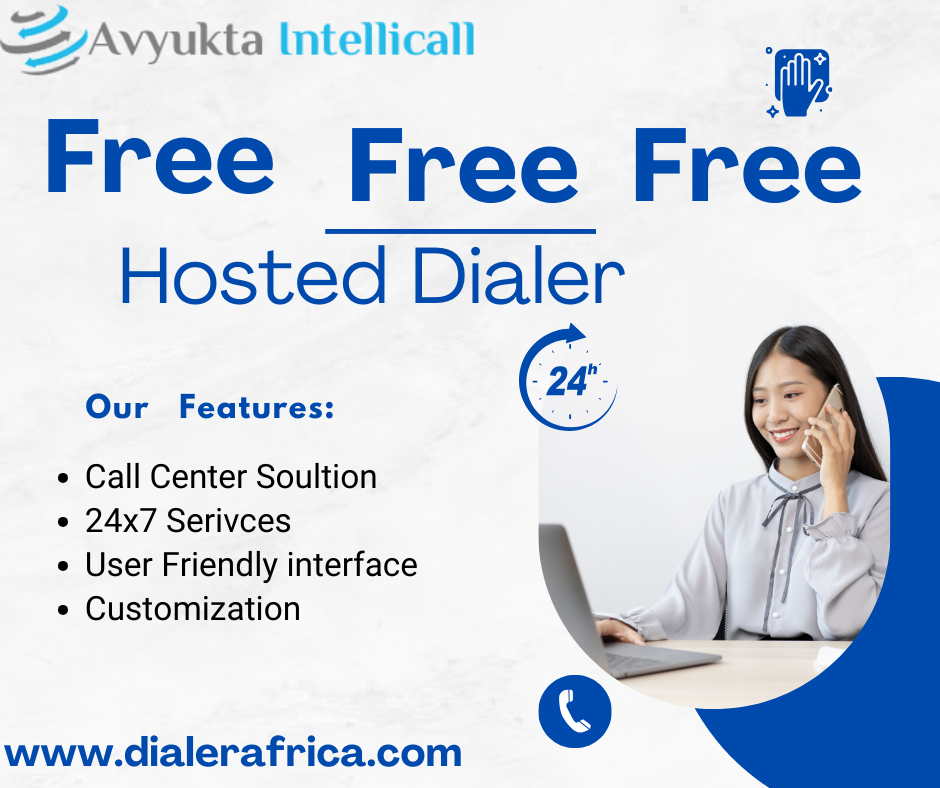May 28th 2024


Manual Dialing vs. Auto Dialing
In the realm of sales and customer service, effective communication is key to success. Whether you're reaching out to prospects or connecting with existing customers, the method by which you initiate those conversations can significantly impact your efficiency and results. Two primary approaches for making calls are manual dialing and auto dialing, each with its own set of advantages and considerations. Let's delve into the differences between these two methods to help you determine the right approach for your business.
Manual Dialing: A Personal Touch
Manual dialing involves the process of manually inputting phone numbers into a phone or dialing them one by one. This method allows for a more personal touch, as each call is initiated by a human agent who can tailor the conversation to the individual recipient. Here are some key aspects of manual dialing:
Personalization: Manual dialing enables agents to personalize their approach based on the recipient's information, leading to more engaging and meaningful conversations.
Control: Agents have full control over the pacing and timing of each call, allowing them to prioritize certain contacts or adjust their approach based on real-time feedback.
Compliance: Manual dialing ensures compliance with regulations and best practices, as agents can verify information and obtain consent before initiating each call.
Auto Dialing: Efficiency and Scale
Auto dialing, on the other hand, involves using software to automatically dial phone numbers from a predefined list. This method is designed to maximize efficiency and productivity by automating the calling process. Here are some key aspects of auto dialing:
Increased Productivity: Auto dialing eliminates the need for agents to manually dial numbers, allowing them to focus on engaging with prospects and customers rather than repetitive tasks.
Optimized Call Routing: Auto dialers can intelligently route calls to available agents, ensuring that each contact is connected with the right resource in a timely manner.
Data Insights: Auto dialing software often includes analytics features that provide valuable insights into call performance, enabling businesses to identify trends, track outcomes, and optimize their calling strategies.
Choosing the Right Approach
When deciding between manual dialing and auto dialing, it's essential to consider your business's unique needs and objectives. Here are some factors to take into account:
Nature of Calls: If your calls require a high level of personalization or complex interactions, manual dialing may be the better choice. However, if your goal is to maximize efficiency and reach a large volume of contacts, auto dialing may be more suitable.
Regulatory Compliance: Ensure that your chosen dialing method complies with relevant regulations, such as TCPA (Telephone Consumer Protection Act) in the United States or GDPR (General Data Protection Regulation) in the European Union.
Scalability: Consider the scalability of your chosen approach. Manual dialing may be sufficient for small-scale operations, but as your business grows, you may need the efficiency and automation capabilities offered by auto dialing.
In conclusion, both manual dialling and auto dialling have their merits, and the right approach depends on your business's specific requirements and objectives. By carefully evaluating your needs and considering the advantages of each method, you can determine the most effective approach to optimize your calling operations and drive success.
Andy +91 8875101075



.png)




